20 Essential Home Inspection Tools: Different Types & Their Uses
-
- Last updated:
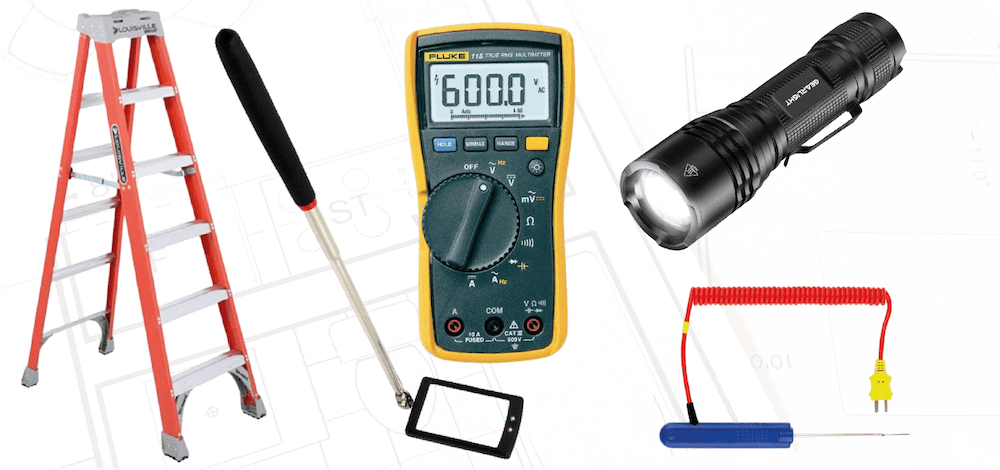

The truth is that a good home inspector needs many different tools. If you don’t have everything you need, you may miss something crucial during the inspection.
Care to verify that you have all the right tools? Keep reading to learn about the home inspection tools that are a “must-have” for every handyman!
The 20 Essential Home Inspection Tools
1. Flashlight
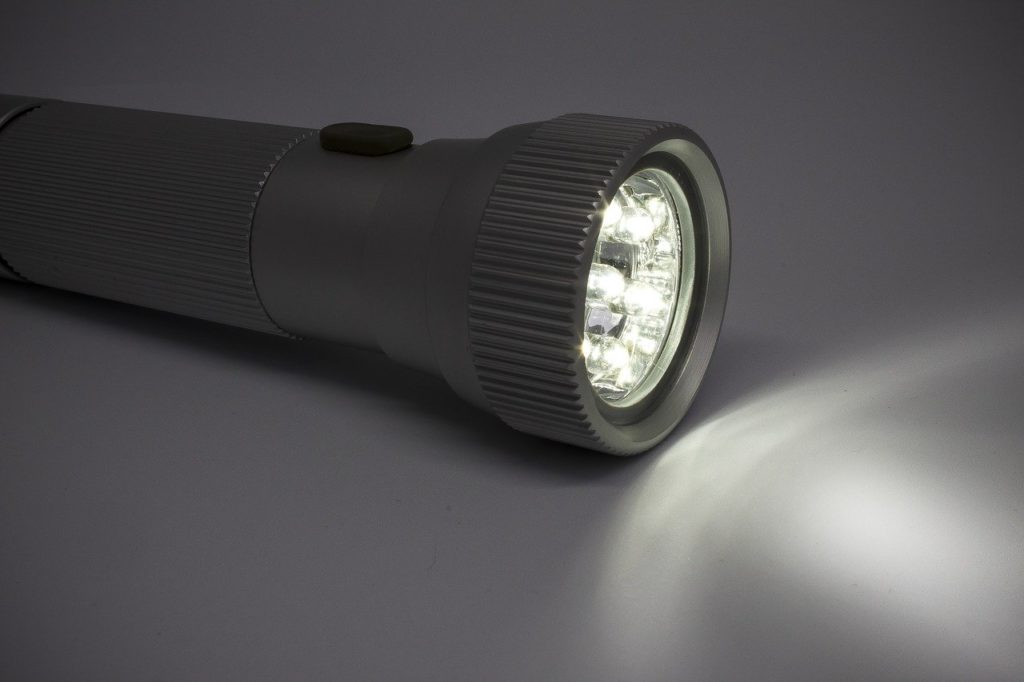
You might inspect dark areas of a home or even a home without power. That is why it’s important to pack a flashlight as well as some backup batteries so that you can see what you are inspecting.
2. Ladder

Inspecting the home means expecting all of it, including areas like the attic and the roof. To make sure you can reach these areas, you need to bring a reliable ladder along with you.
3. Penetration Probe

Sometimes, you need specialized equipment for very specific tasks. For example, a penetration probe helps you check the temperature inside the home’s HVAC system, allowing you to better determine its condition.
4. Voltage Multimeter
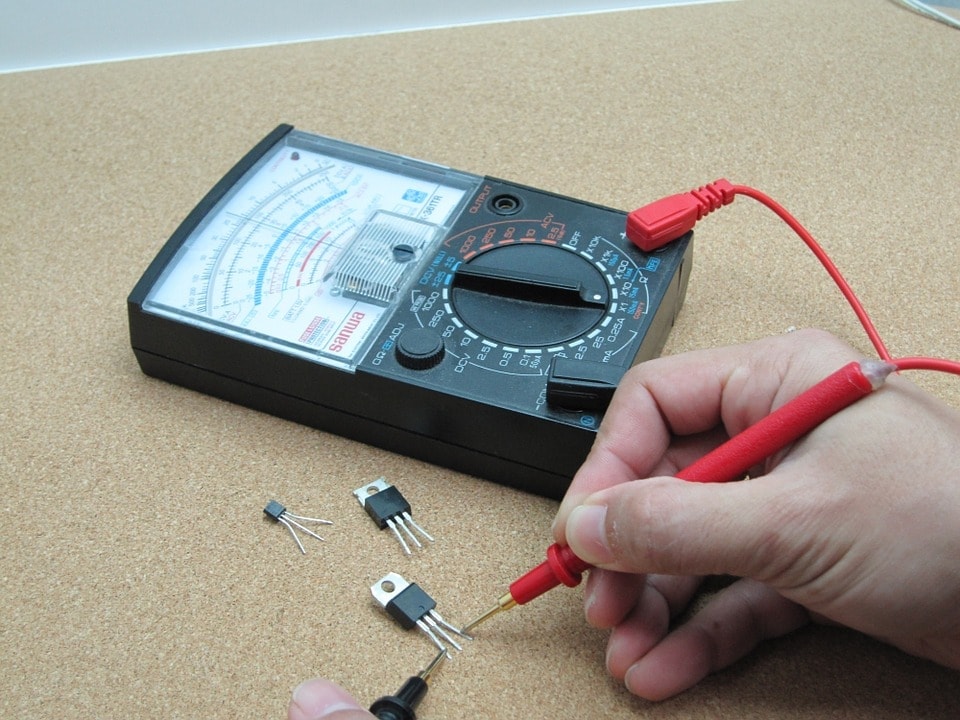
A voltage multimeter (also known as an OHM multimeter) helps you check the electricity and the continuity of the wiring. Think of it this way: this little tool lets you check electricity without getting a nasty shock!
Find a inspection specialist in your area, and get free, no-commitment estimates for your project.Consult a home audit expert

5. Moisture Meter
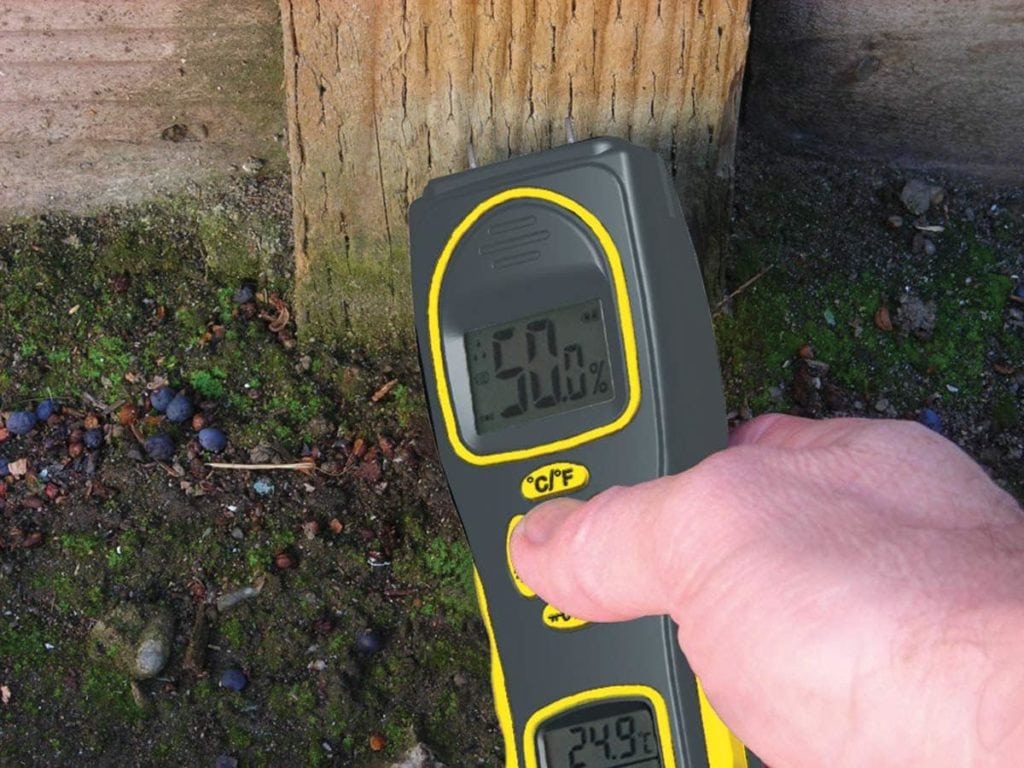
During your inspection, it is important to determine the level of fluid in the walls. A good moisture meter helps you check if the drywall, masonry, or wood either has too much or too little fluid inside, which is a vital part of your inspection.
6. Infrared Thermometer

The infrared thermometer does one thing very well: it helps you check the temperature of a particular area. You can use it to verify the temperature of circuit breakers, hot water, and anything in between.
7. Gas Detector
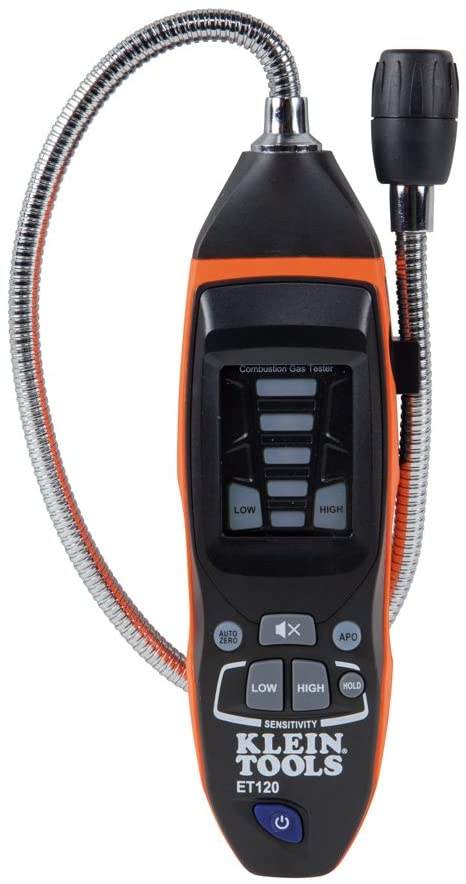
Gas is one of the most dangerous and hidden threats inside a home. You can’t natively smell dangerous gases like carbon monoxide. But with a gas detector, you’ll be able to quickly inspect air for any and all dangerous gases.
8. Telescoping Mirror

Sometimes, you’ll need to get a better view of a tight space that you can’t easily access. With a telescoping mirror, you can get a better look at any areas that you cannot otherwise get to.
9. Telescoping Magnet
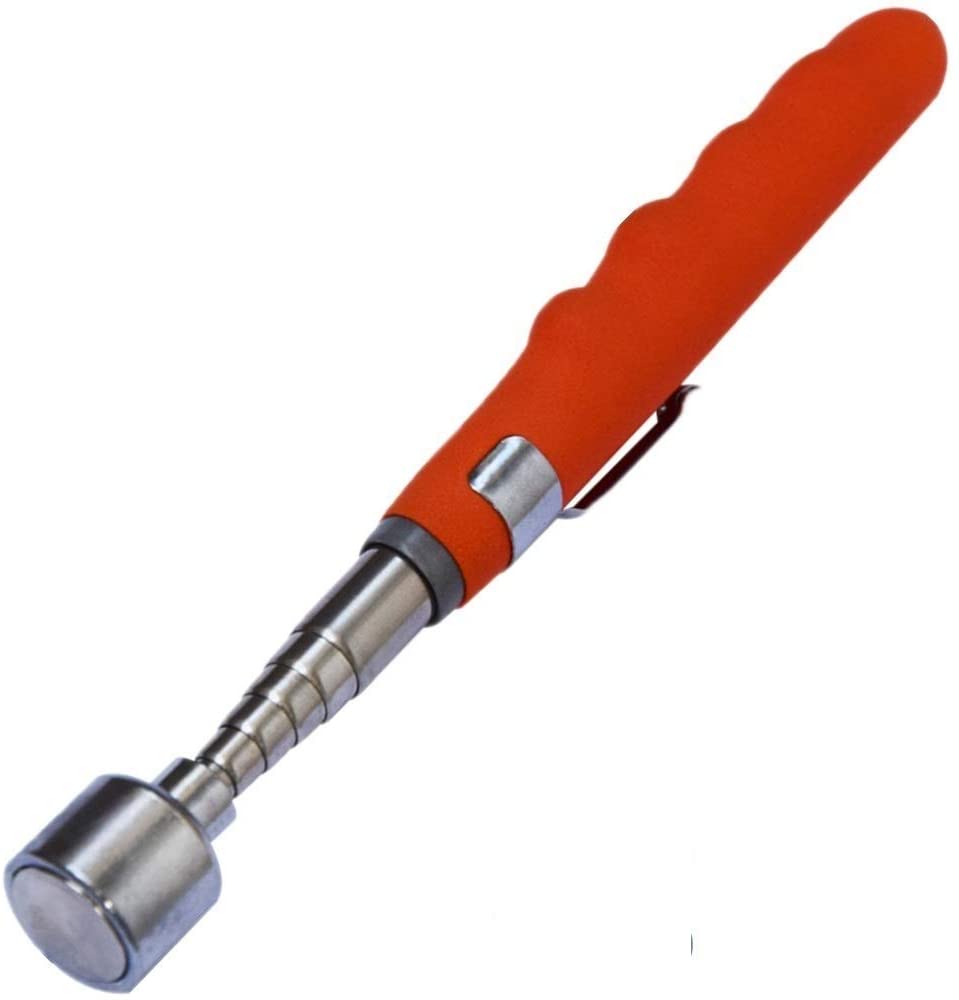
Speaking of telescoping gadgets, we really recommend a good telescoping magnet. This can help you retrieve items that you find in confined spaces or retrieve important items that you drop such as your keys. The last thing you want to do is get stuck in a home you’re inspecting!
10. Screwdrivers
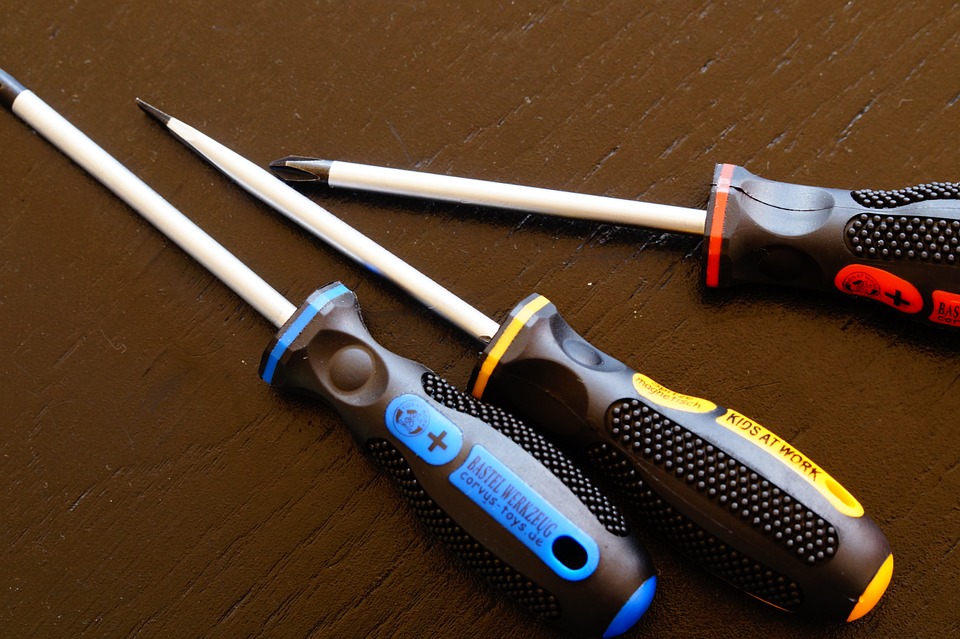
Some of the tools you’ll need are a little more basic than others. For example, the humble screwdriver is very useful for removing electrical panels and granting you access to different parts of the house. To play it safe, we recommend bringing along both flathead and Phillips head screwdrivers.
11. Icepick
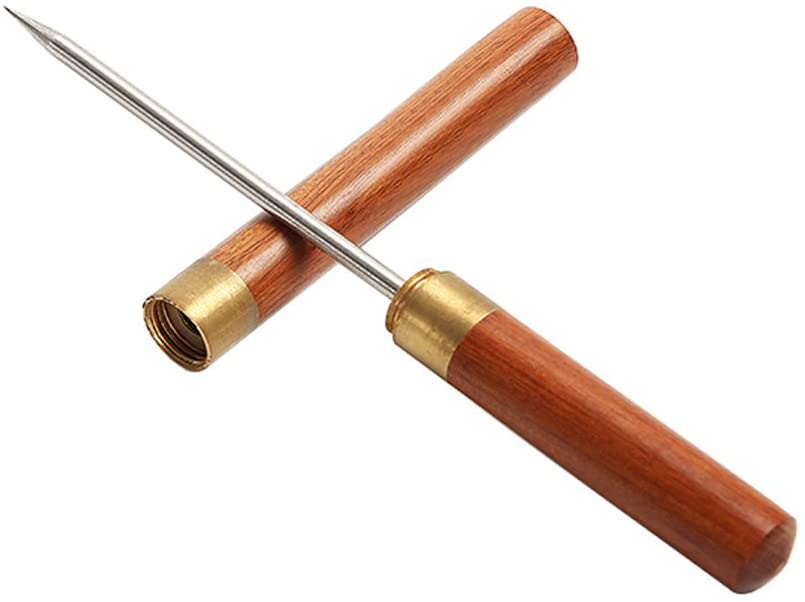
You might not think you need an icepick, especially if you don’t live in a very cold area. But the icepick is a great way to safely inspect whether an item has deteriorated or not.
12. Pocket Knife

Most handymen learned a long time ago that it’s good to carry a pocket knife because you never know when something will need to be cut. During a home inspection, you may need to use the knife to cut away paint that is keeping you from removing screws around various panels.
13. Respirator

The air quality can change dramatically in areas like attics and basements, and you may not know about any gas leaks until you check your equipment. A respirator can help protect you when you first enter a new part of the home and before your equipment can inspect the air quality.
14. Tape Measure
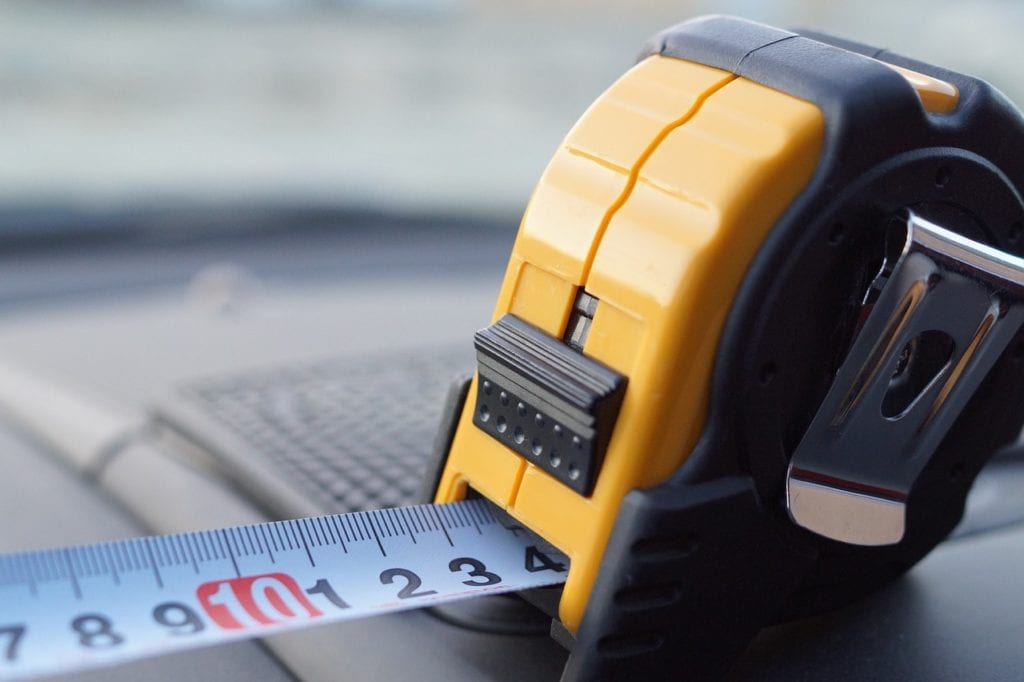
Part of a home inspection is making sure that the home is still up to code in various areas. That’s why you need to bring along a tape measure. It will help you measure things like the rise of the stairs to ensure code compliance.
15. Four-Foot Level
Speaking of checking on different parts of the home, it’s important to inspect the floors and walls for any unwanted bowing. If you bring along a four-foot level, you’ll make inspecting these areas nice and easy.
16. Camera

A major part of home inspection is taking photos. This helps you accurately report the state of the home, especially when it comes to any damage that you find. Don’t just rely on your phone: instead, bring along a good camera to your inspection!
17. Laptop

Depending on how quickly you plan to write up your report, you may want to bring a laptop with you. This allows you to write everything out while it is still fresh in your mind. While a laptop is not a “must-have” home inspection tool, it’s a great way to write your report before you forget anything.
18. Safety Glasses

There is a lot that can go wrong during a home inspection. Because of that, you need to bring along some reliable safety tools such as safety glasses. The last thing you need is a major eye injury from a simple inspection.
19. Gloves
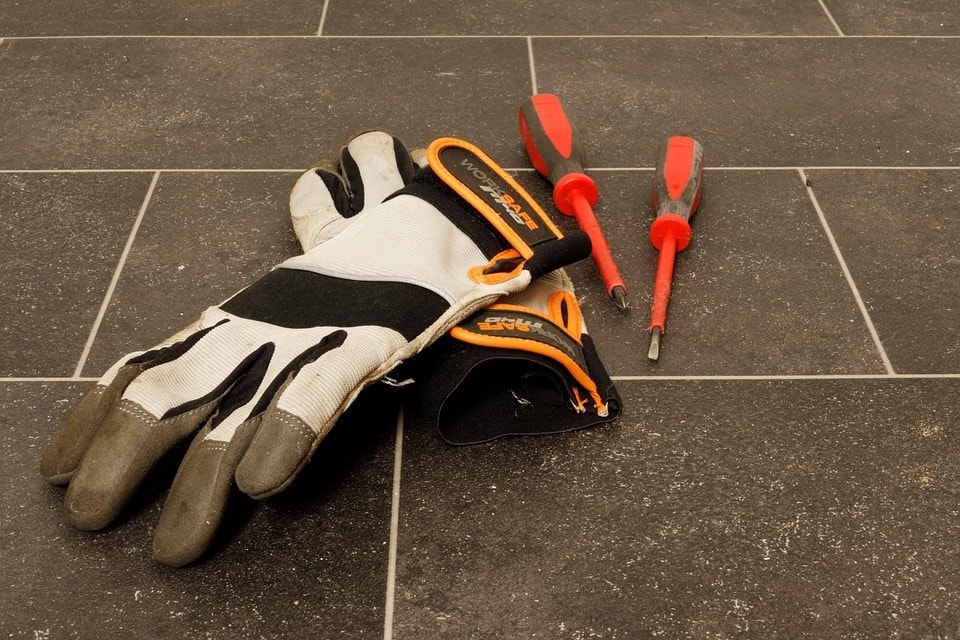
The different tools you bring along can reduce the risk of things like an electric shock. But it’s still important to bring along gloves to help protect your hands during different parts of the inspection.
20. Coveralls

Just as you need to wear safety glasses and gloves, it’s important to wear thick clothing to protect yourself during an inspection. While we prefer coveralls, you are certainly free to pick out your own thick clothing before inspection day!
Featured Image Credit: Freepik
Contents


